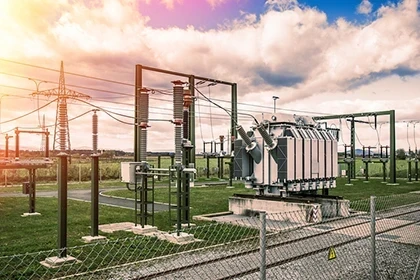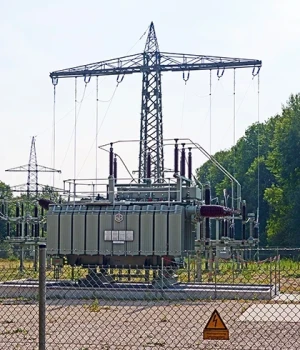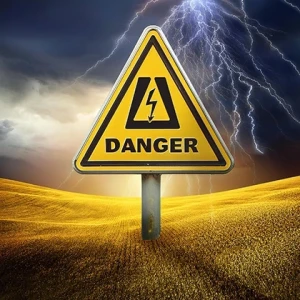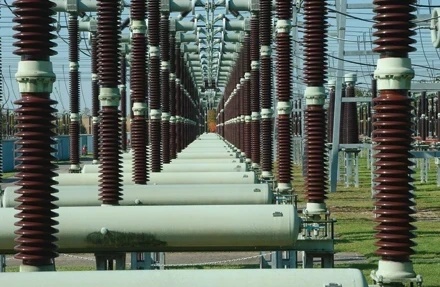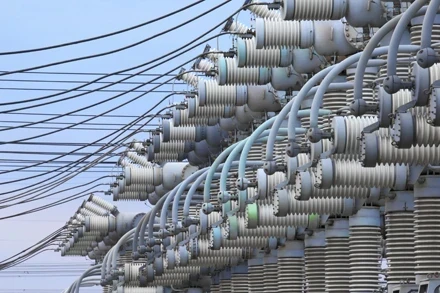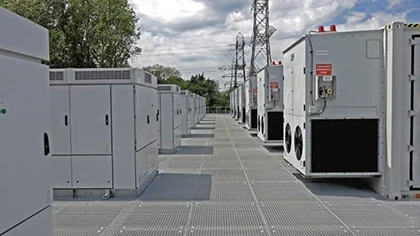Storm-Hardened Switchgear
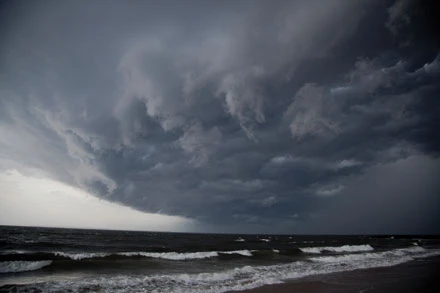
How to protect electrical equipment from Mother Nature
BY ROBERT A. MURPHY, Trayer Engineering Corporation
The U.S. National Weather Service called Hurricane Sandy the most destructive storm of 2012’s unusually active Atlantic hurricane season. Sandy delivered unprecedented damage across a wide swath of eastern Canada, the U.S. eastern seaboard, the Bahamas, Bermuda and other coastal areas. In addition to nearly $50 billion in property damage and almost 150 fatalities, the Category 3 hurricane also caused extensive disruption to the region’s electrical transmission and distribution infrastructure.
While this event was extreme in its impact, weather-related electrical distribution problems are all too common and can often be locally minimized through various grid-hardening measures, including using electrical switchgear designed to withstand even the severest environmental challenges.
North American electric utilities are keenly aware of the need for storm hardened switchgear, however, until recently, the discussion has centered primarily on developing best practices for increasing structural wind ratings, reducing critical pole failures, vegetation management and other issues associated with strengthening the overhead distribution structure.
However, because it is directly linked to the reliability of the electricity supply itself, the need to harden switchgear at the point of service is becoming more apparent to both utilities and switchgear suppliers, like the Trayer Engineering Corporation, and others as a cost-effective downtime preventative measure that is every bit as important as ruggedizing the overhead transmission and distribution (T&D) equipment.



